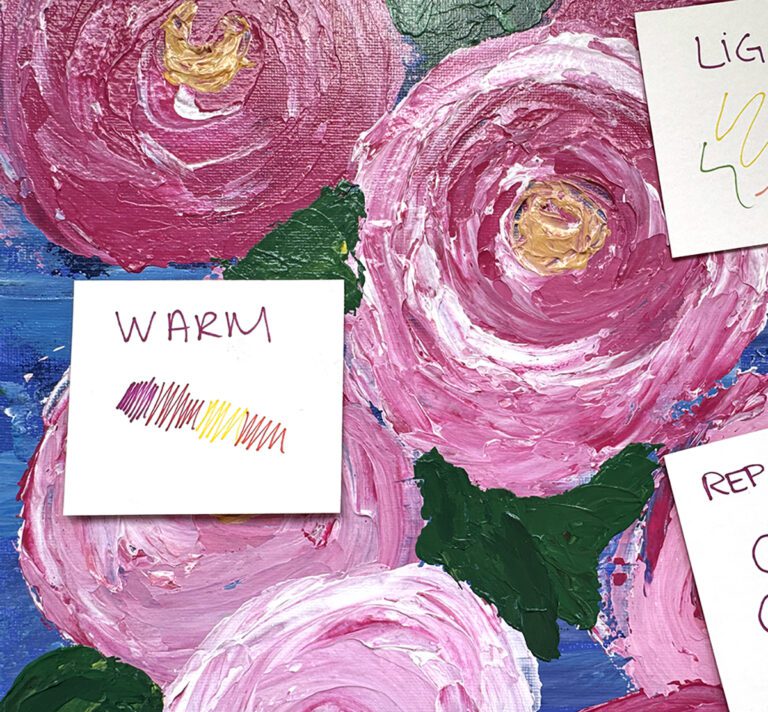I am a firm believer that, yes, students can fail art. In fact, it frustrates me when I hear someone inquire, “How does one fail art? That’s impossible, right?”
No, it is not impossible. Students fail art just like they fail any other class.
Maybe they don’t do the work. Maybe they do the work but do it poorly and without effort. The work might be rushed, sloppy, and uninspired. They might not turn things in or leave projects incomplete without a request for extra time. Students might even intentionally sabotage the work of another student or damage supplies.
Often, it’s some combination of these that leads a student to fail my class. And although I’ve heard both teachers and parents ask how students fail my class, I’ve never had a student wonder.
That’s because a failing student is never in the dark about their pending “F.” They know they can turn it around at any time and they know I will be there to help them do so.

Students need to know where they stand, especially if they’re failing.
A student’s grade should never be a mystery to them. Prior to the beginning of each project, it’s a good idea to review expectations using the project’s rubric. Be sure to communicate with all your students about where they stand in terms of expectations, grades, and growth.
Be especially aggressive in communicating with failing students. Seek them out personally to deliver failing grades. This allows for a conversation about what needs to happen next to repair the damage. The hope is the one-to-one interaction demonstrates you care enough to make time for them. It shows you are invested in their improvement. Sometimes a little attention and encouragement is all that’s needed to turn things around.
It’s also important to enlist parents to help.
In my room, I contact parents and encourage them to send their child in for tutoring or at lunch time in order to complete work or get help. I send photographs of incomplete work or rubrics and write personal notes to students about how to improve their grades.

At the end of the day, we can’t fail them. They fail themselves.
No decent teacher wants students to fail, but passing a class is a two-way street. We should make every effort to help our students, but they also have to do their part. Ultimately they must be an active participant in their success.
In short, passing art class is not a passive act.
It requires effort, application, creation, and perseverance… and that goes for the teacher, too! You need to be tireless in your efforts to assist failing students. Expect parents and administrators to grill you when the “F” finally appears on that report card. They will want proof of your indefatigable efforts, so keeping good records is a must.
Failure IS an option – but through personal conversations, parental intervention, and opportunities for improvement hopefully students will choose to turn it around!
Has a student ever failed your class? How?
Do you feel that lack of natural ability creates an easy excuse for failure in the eyes of students and/or parents?
Magazine articles and podcasts are opinions of professional education contributors and do not necessarily represent the position of the Art of Education University (AOEU) or its academic offerings. Contributors use terms in the way they are most often talked about in the scope of their educational experiences.





